Part 46: Bonus Episode: Wesker's Report II - "Alexia 2"
Bonus Episode: Wesker's Report II - "Alexia 2"
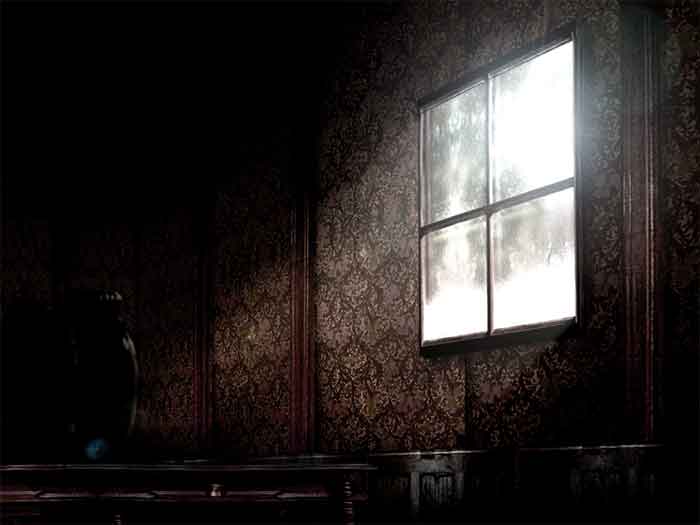
December 31, 1983 (Saturday)
(Two years after the previous record.)
It is the sixth winter I have been at the Arklay Facility.
Two stagnant, fruitless years had passed by. But now, a turning point had been reached. The catalyst was a report we received this morning.
Alexia was dead. The document stated she was accidentally infected with the strain of T-Virus she had been developing, the "T-Veronica Virus". Alexia was twelve years old at the time. Someone of that age cannot be expected to safely maintain such dangerous research.
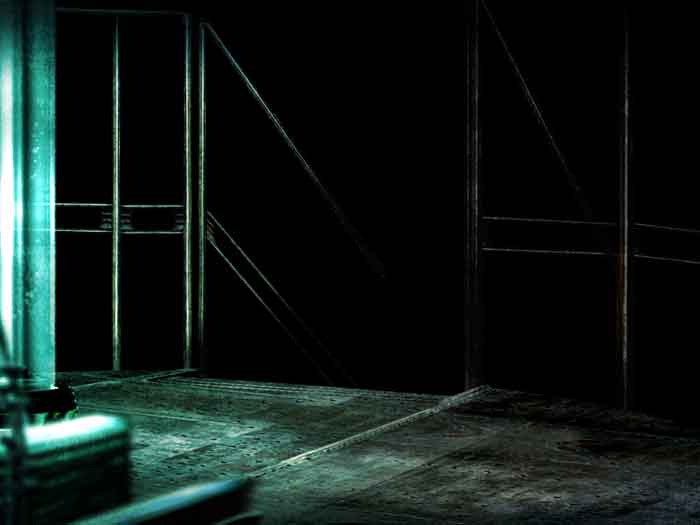
A rumor began to circulate that Alexia had deliberately administered herself with the virus. But the reasoning behind such a rash, suicidal action is unclear. A more likely scenario was she was still shaken by the sudden death of her father, less than a year ago, and it had affected her ability to fully function, leading to the accident.
Alexia's only blood relative, a twin brother, Alfred, had taken over research conducted at the Antarctic facility. But there was little faith in him yielding any worthwhile results. After it was all said and done, the Ashford family failed to produce anything of note and was destined to fade into obscurity.
As I had suspected, the legend surrounding this family was no more than that.
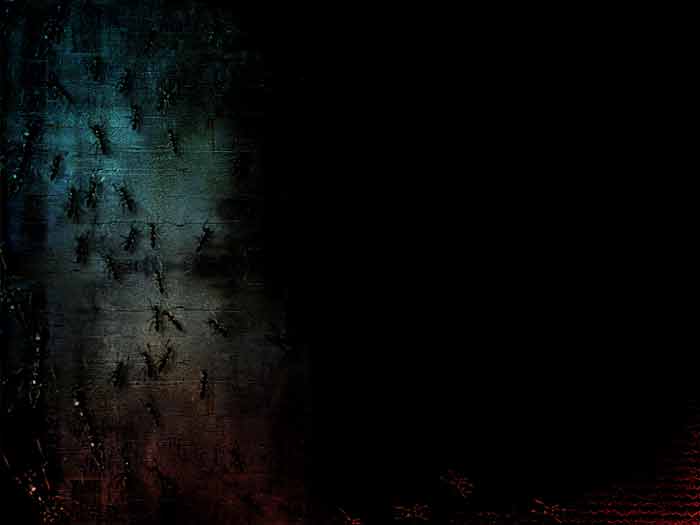
Alexia's death changed Birkin. Or, more correctly, reverted him back to the man I once knew. He began to regain the respect of the lower researchers. With Alexia dead, there was no longer anyone exhibiting a greater potential in the company than him.
However, talking about Alexia in front of him was still taboo.
Due to this, I was adamantly opposed by Birkin when I bid to obtain a sample of the T-Veronica virus for study. Though, the ashes of Alexia's failure did have potential to yield an interesting perspective on the viral research, getting my hands on it would have to be postponed for now.
Despite Birkin's strengthened position in the company, he was immature as ever. However, in those days, I had much larger issues to contend.
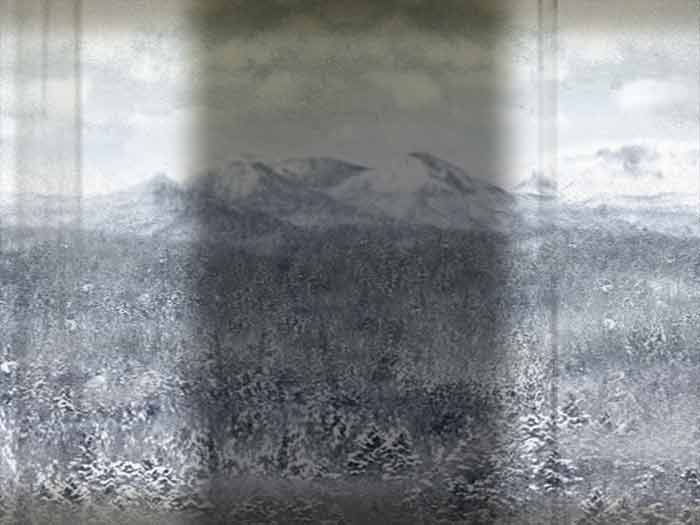
The Arklay Laboratory was situated in the center of a mountainous region, itself surrounded by a deep forest. I would often take walks through the forest, to clear my head. Even trekking for miles, I encountered no other signs of civilization.
Since it seemed the only way into the facility was via helicopter, it wasn't exactly a place anyone could stumble upon. The remoteness of the area and complete lack of nearby settlements were important factors in choosing an institute of this nature. This way, the damage caused by a viral leak and the ensuing biological disaster could be kept in check. In theory, at least.
Biological weapons were not as simple as that. While human contact could be limited, the animals indigenous to the region were another story altogether.
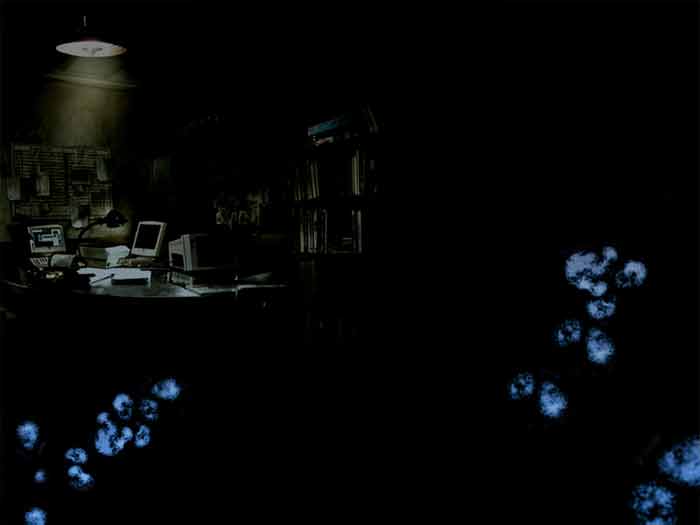
Many viruses simply don't limit infection to just one species. For example, the influenza virus infects not only humans, but birds, pigs, horses, and even seals. It complicates matters further when not all members of a particular family are infected by an outbreak. For instances, a virus may affect only ducks and chickens, while sparing other species of birds in the same area. More over, the same virus has the potential to mutate and take different carriers in the next incarnation.
The biggest problem with the T-Virus is its high adaptability rate. Even if the objective is just to infect a single organism, it is almost impossible to tell what mutations it may undergo while spreading its infection to other species.
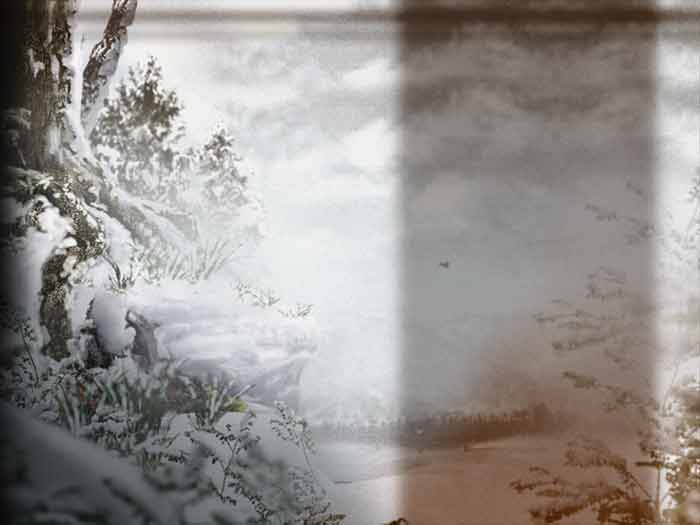
Birkin didn't feel that this would be useful in any way to weapons research. But, I started to examine the T-Virus's secondary contagion characteristics. I soon discovered the T-Virus carries potential carriers in nearly every species I tested. Not just mammals, but plants, insects, fish. All these species had the potential to harbor the T-Virus within them.
I would often wonder during my walks, "Why did Spencer choose this place?"
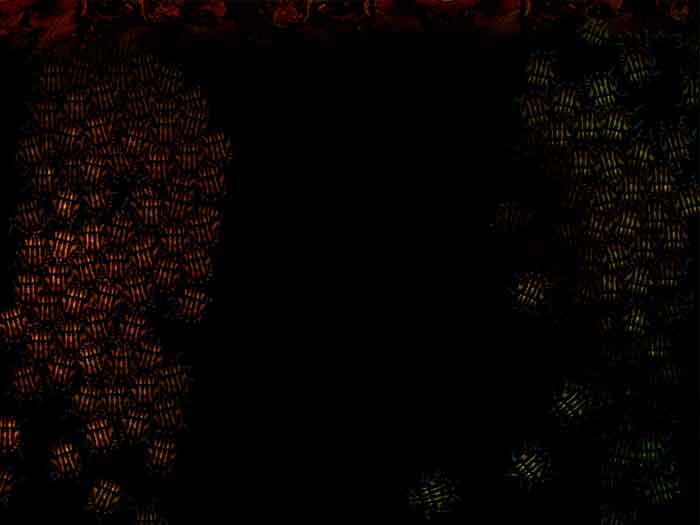
The forest's ecosystem was complex, with dozens of creatures co-existing with on another.
What would happen if the virus were leaked out here and came into contact with a potential carrier in this chain?
A single insect would not pose a large threat of secondary infection, due to its limited size. But, they are capable of multiplying to enormous numbers. In that case, how far would the virus spread if there are potential swarms of infected? In the case of plants, their inability to move could limit the scope of contamination. But what if the virus transmitted to their spores? Their pollen?
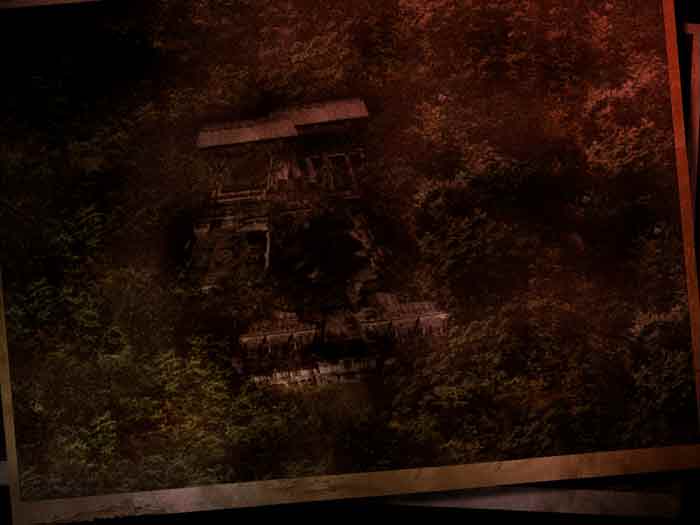
This location is entirely too dangerous.
If you think about it, setting up a research installation in the Antarctic, as the Ashford family had, is only logical.
Conversely, this location, it seemed, was chosen to spread the virus, should an outbreak occur.
But, that couldn't be true, could it?
What was Spencer trying to do?

This problem is too great to share with the other researchers.
At the time, it seemed as though Birkin was the only person I would be able to tell this to, but even if I did tell him about it, the answer was obvious.
What I needed was more information.
It was at that time, I began to feel the limits of my position as a researcher. If I was going to discover Spencer's true motives, I would need to move to an area in the company that would grant me access to greater information. I had no hesitation in the potential of giving up my current position for this purpose. I had to take my time. If I appeared too hasty, if Spencer had any suspicions about my motives, the game would be up.
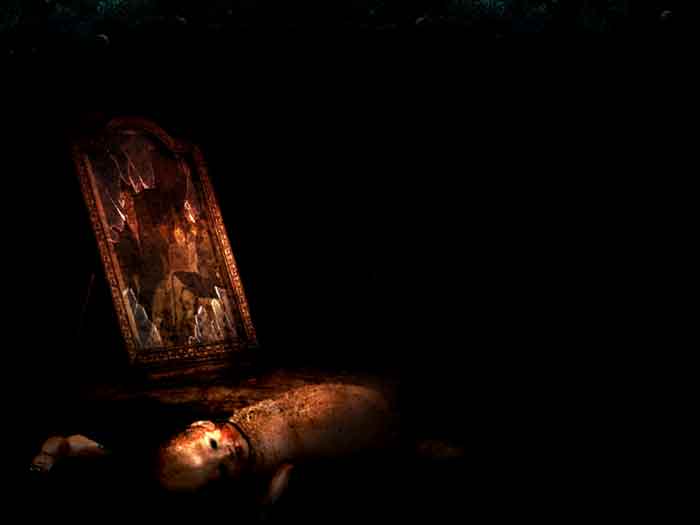
I told no one of my plans and immersed myself in the research like Birkin and the others.
During that time, the female test subject was forgotten, tucked away in a remote corner of the facility. A failure with no use, but an insistence on living. She was deemed a failure because her test data failed to display any useful results.
An experiment five years later would change all that...
(RECORD CONTINUES FIVE YEARS LATER)